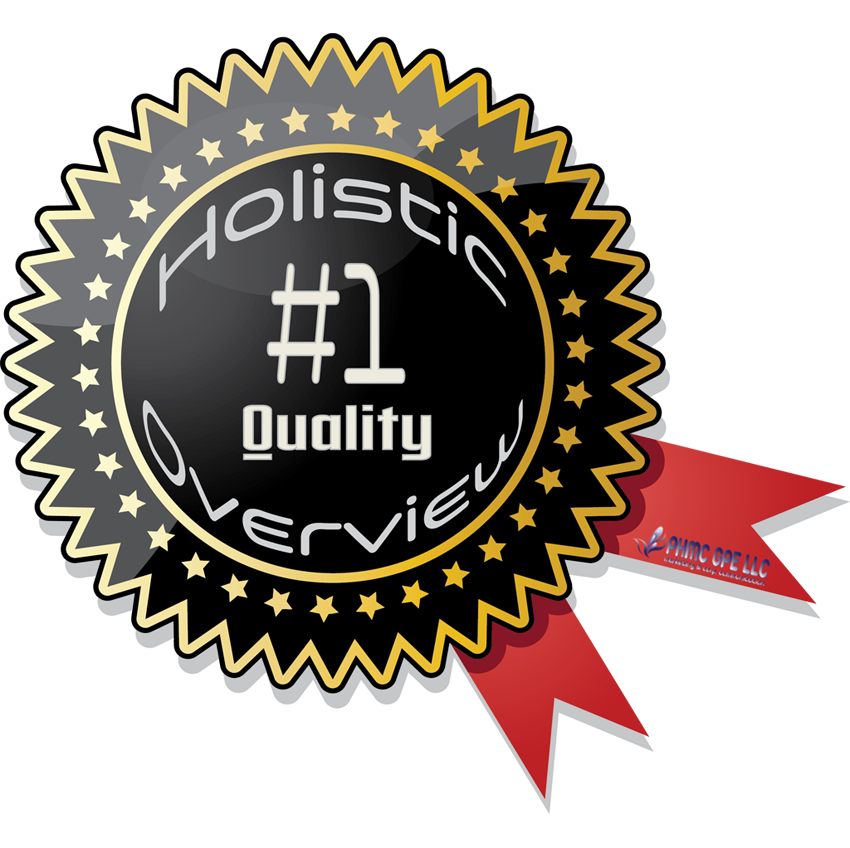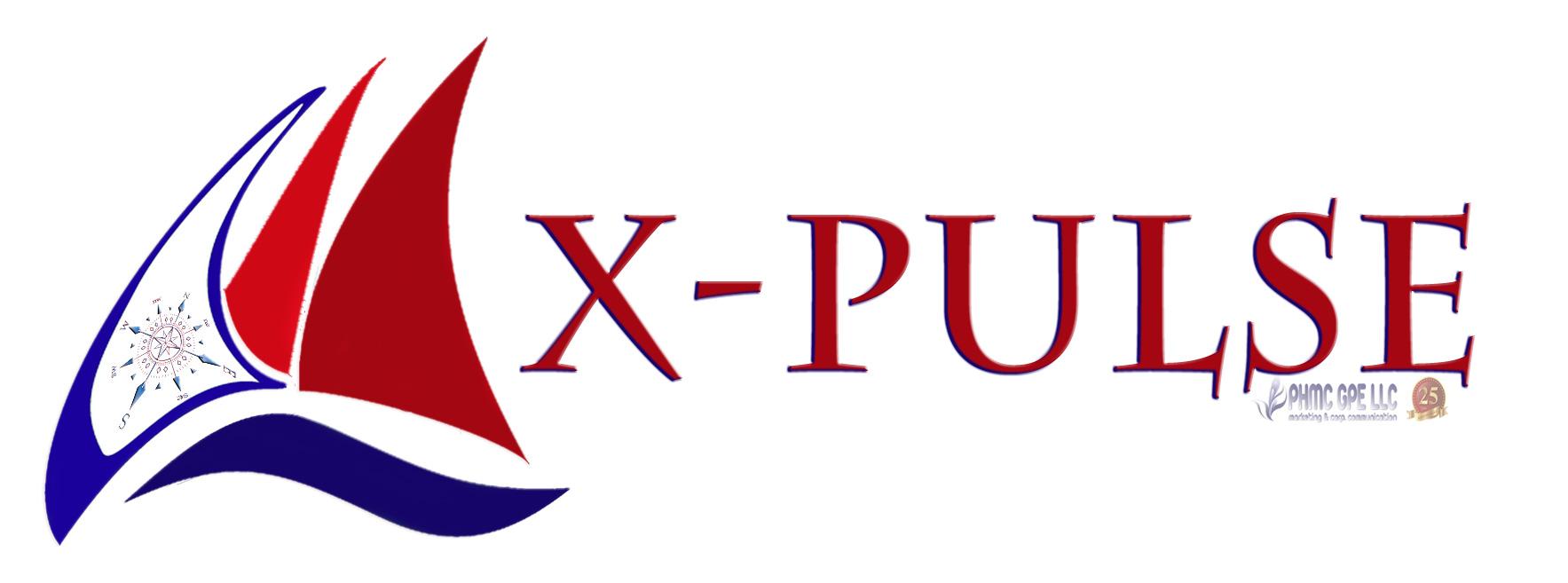What we are interested in is how to increase the value of customer relationship and what are the angles, how to do it. We aim at increasing the customer relationship value and we can talk about what are:
- phases and duration of the relationship, what is it?
- structure of the relationship and the
- exchange of resources.
And let us analyse this problem by taking a look at the structure of the customer relationship.
Structure of customer relationship
And to do that we need to structure the relationship into sub parts, and basically what we do is that we understand the customer relationship as a process. This process nature is very important in the customer relationships. It is continuing for the whole lifetime of customer. On the other hand, if we add up all the customer relationships we end up in the customer database. If one continues elaborating this customer relationship process, there are customer encounters or episodes. This means that if you are a customer of a hotel chain and if you go to a hotel you are encountering the hotel services. Acts and actions Customer encounter will be further divided into acts. Clearly, in time being there will be another episode, or other customer encounter to form a process. A few notes about this model. First of all, depending on the industry there are different customer encounters. They take place at different intervals, for example in the insurance industry the intervals can be one year or even longer. In a restaurant the encounter can be very fast, if you drop out in your box for a beer every day. Acts form a process also during an encounter. And this means that you will divide the encounter into the smallest possible independent acts. One can analyze this as a flow-chart. One could analyze all of and try to analyze are they necessary. Is a company doing acts not necessary to do at all? If you skip an act you will skip costs by not doing something that is not necessary. From customer point of view. This can be evaluated by the value this act is bringing to the customer or to the company. The other issue is the division of labor, who is putting resources, who is working to produce the act. It Coachinglly means that if the customer is producing the act, company doesn’t pay a salary for an employee. Act is more profitable to company.
The question is how to divide labor by each individual act?
And doing that company will also make this process of acts, customer encounters to be more profitable for both. It is more profitable for the customer because the customer can usually get the service or product cheaper. And it is more profitable for the company because the company does not need to invest in people and pay salaries. So this is important from the profitability point-of-view, that you think about the structures.











